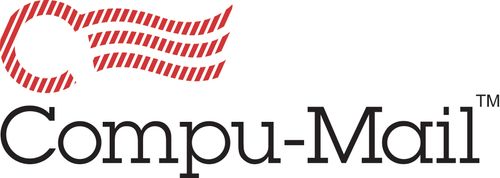If you’re looking to supercharge your marketing efforts, it’s time to dig into the world of data analytics and predictive modeling and let your data work for you.
Data analytics and predictive modeling software allow you to identify which customers are worth your marketing dollars and which are not. Whether you’re looking to acquire new customers or simply retain existing customers, it is essential to utilize data to create focused, hyper-targeted campaigns.
Here are 7 ways to use data to supercharge your marketing efforts:
1. Get an intimate look at your customer base.
To get new customers, ask yourself:
- Who are my best customers?
- What drives them to buy?
- What do their spending habits look like?
- What are the attributes that connect them to my other best customers?
- Where are potential customers that look exactly like them and are most likely to participate with my brand?
To retain existing customers, ask yourself:
- Who is ready to buy and when? How much will they spend?
- Who may leave me as a customer?
- Who is worth our marketing dollars? Who isn’t?
- What specific products are each individual most likely to buy next?
- Who will be the most interested/receptive to the next product I’m launching?
Once you know the answers to these questions, you can begin to develop impactful 1:1 communications, and maximize your marketing impact as you decrease spend and increase ROI.
2. Develop a strong acquisition and retention plan.
Now that you’ve learned as much as you can about your ideal customers and what their spending habits look like, it’s time to apply it to a strong acquisition and retention plan. Define what your customer lifetime value is and see how much it costs to obtain a new customer vs. the total return on investment of the campaign to get that customer. Then, begin to plan out the best messaging and best formats to reach these customers. (Feeling stuck? We can help!)
Remember that acquisition requires patience: landing a new customer can take a while depending on how accessible your customers are and how long your sales cycle is. Acquisition also requires persistence: you’re not going to be able to do it in one shot. You’ll need to define a multi-step strategy, hitting customers at multiple touchpoints as often as you can (we’ll explain more about that in a minute).
3. Make it personal…
Another advantage to using direct mail and/or email is that you can tailor the message specifically to each recipient. Hyper-targeted, personalized direct mail efforts bring a lift of up to 50% or more over other, more generic means of communication, says the Direct Marketing Institute. This technique, called Variable Data Printing, allows you to print large runs of the same message with multiple variable fields, meaning you can print hundreds and thousands of unique records all in one mailstream.
4. …And unique.
A radio station message goes for hundreds of square miles while direct mail can target right down to the household level. -Jay Siff, CEO, Moving Targets
Marketers are drawn to mediums like television and radio ads because of their reach, but the drawback is that it doesn’t allow room for personalization. Television and radio are known for their generic, “one-to-many” approach, whereas direct mail and email thrive on a personal, “one-to-one” approach – seeing an ROI of 18-20% and 4300%, respectively.
5. Choose only qualified customers/prospects to target.
Don’t just send out a bunch of messages and hope someone will respond. Use what you already know about the customer (or have recently learned about them) to decide who is (and isn’t) worth your marketing dollars and send them a communication and call-to-action that will be meaningful to them.
6. Create a seamless brand experience across all channels.
Whether you’re sending an email, direct mail piece, television ad or radio ad, or tweeting something on social, use the language and general look/feel of each message to remain relatively consistent across all channels. This helps reinforce the message as well, and enhances the likelihood of customer engagement. If your direct mail piece drives the user to a landing page on your website, but the CTA of the landing page is unclear or simply not what they were expecting to see, people will bounce.
7. Follow up, follow up, follow up!
Jeffrey Lant’s “Rule of 7” states that new customers need to be touched at least seven time across various channels, and some recent marketers have seen that number approach 18-20. Not getting the response you’re looking for? Resend the message to non-responders, or find a way target them on a different channel! No matter how you approach it, the key is to keep reaching out to your customer until they respond.





